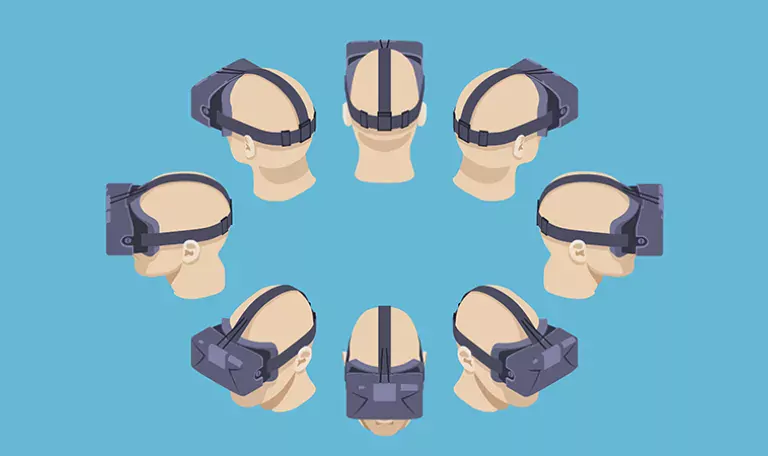We all know that as technology matures, it becomes ingrained into our way of life: smaller, smarter, easier to forget about. The next step for many new applications is the one that takes it into the background, where it can quietly make transactions, services and lives better behind the scenes. As new technologies are embraced, they become normal, and the next wave of exciting ideas is anticipated.
Take artificial intelligence, a concept that’s been buzzing around the technology industry for decades now. It’s been the harbinger of, variously, the fourth industrial revolution, the and, according to Elon Musk, the end of days. While the importance of adopting and harnessing such technology is undoubtedly high, we’re not suggesting you follow self-driving car expert Anthony Levandowski’s example of kneeling, literally, at the altar of AI.
Instead, and assuming your business has already made headway on its AI strategy, the next technology bolter is likely to stem from something a little more old school: our own brains.
Computer-brain interfaces are the means through which we we can connect our minds directly with artificial intelligence, robots and other technologies – in theory, at least. New startups are forming to prove that theory, including Kernel, which aims to develop the technology to treat neurological diseases, and Neuralink, from that man Musk again, which aims to build "ultra high bandwidth brain-machine interfaces to connect humans and computers".
Lofty goals, and the technology is still at a very early developmental stage. Yet it’s one of the highest profile examples of a new wave of innovation designed to seamlessly entwine itself with our everyday lives. Technology is becoming more human-centric, more responsive, tailored and robust. Here, we’ve listed the technologies that could be set to bring people, business and things much closer together – and when they’re established, we’ll hardly notice them.
4D printing
Sticking to the theme of reactive, adaptive technology, 4D printing is the logical next step for the printing out of three-dimensional objects. Using materials that respond to external stimuli such as heat or light, objects can increase in size or change shape. The shape-memory polymers form into rigid new shapes and can be applied in a variety of ways: from surgical stents to in-wall insulation.
Augmented reality
In 2016, Gartner analyst Brian Blau told the US Senate that by about 2022 “hundreds of millions of head-mounted [augmented reality (AR)] devices will be in the hands of users, split between see-through transparent display devices and those that provide full immersion, such as virtual reality”. Up to now, much of that has concentrated on flat-screen devices, and its appeal has come from novelty factor.
However, as Blau pointed out, soon AR devices will be become everyday tools for millions of workers. “An AR headset can provide visual overlays of diagrams, complex instructions, event recording or enable ‘see-what-I-see’ remote collaboration. Using AR can improve workforce productivity by removing time-wasting behaviours or improving the efficiency of tasks.”
The connected home
With the likes of Google Home and Amazon’s Alexa, we’re getting used to the idea of . They can help us plan a trip, book a plumber or play our favourite music. Just like AR, the technology is still in its ‘shiny-new’ phase. But over the next couple of years, we will see virtual personal assistants bolstered by machine learning to better understand us and our homes. For example, rather than remembering to tell Alexa to set our Nest thermostat slightly higher one winter, it will do it under its own steam (hopefully after asking us first).
Human augmentation
Yes, we know the . But we old-fashioned humans still have a few , often involving tricking the robots into thinking we’re just like them. With the likes of Google Glass helping us turn information into action faster, as well as advanced prosthetics that can far exceed natural human performance, we’re not ready to be retired just yet.
There’s no doubt we’ll see all this technology coming, and we’ll get very excited about the promise they bring. But we’ll really know it’s established itself when we stop talking about it and start using it without thinking about it. The difference between technology such as AR or 4D printing with smartphones and video games consoles is the former will have no hype cycle. This ‘invisible’ tech will simply integrate into our lives and make them subtly better.



